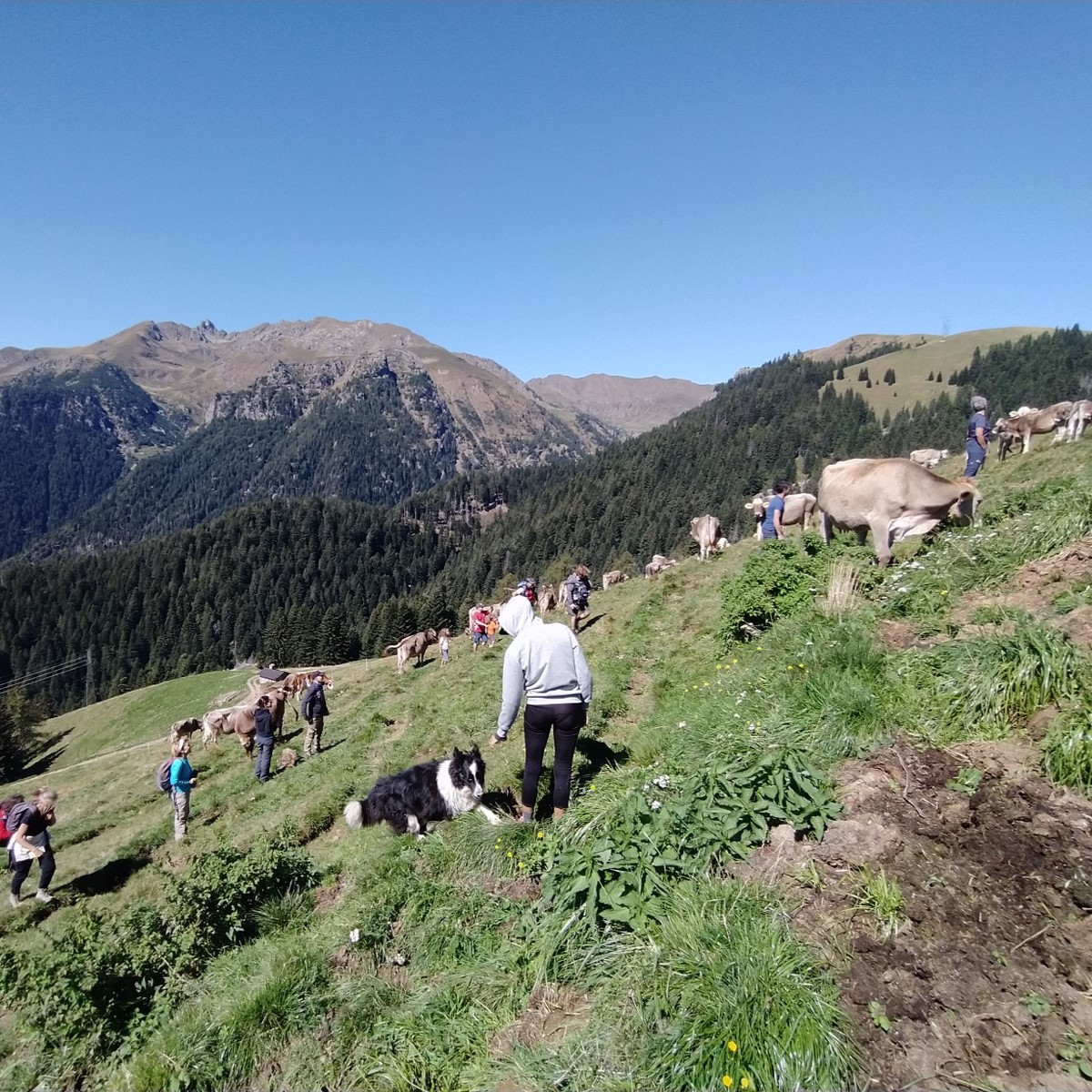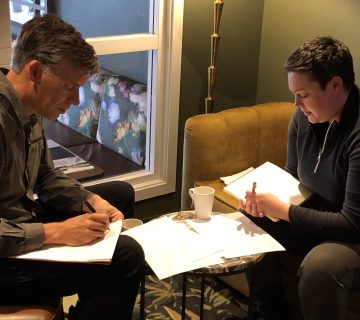In the ‘Valli del Bitto’ a traditional way of producing an excellent cheese survives, compelling wise use of local environmental resources.
Hikers walking the paths of the so-called ‘Valli del Bitto’ (five valleys that originate from the harsh peaks of the Pizzo dei Tre Signori – Monte Ponteranica Group, in the western portion of the Orobie Alps in Lombardia, between Valtellina and Como Lake), often meet strange square buildings of about 4×4 metres in size, bordered by low dry-stone walls.
These artifacts are named ‘Calécc’ in the local language. They are semi-mobile structures that were used to process milk directly on the pastures, thus reducing the risk of contamination and alteration of the milk itself. The cheese thus produced is called ‘Bitto’. It maintains the aromas of the alpine flowers, and it is suitable for long maturations, which made it a precious product and which could withstand long journeys on the back of a mule. In past centuries it was a highly sought-after and appreciated product, often present on the tables of Popes, Doges and transalpine nobles: a product which was literally worth its weight in gold.
The light structure of the Calécc allowed wise use of the pasture. Every few days the shepherd and his animals would move; the mobile part (consisting of the cover sheet and the cheese-making tools) was disassembled and moved to the adjacent structure, a few hundred metres away. This rotation of the pastureland used for the animals allowed the regeneration of the recently used area.
The invention of the Calécc is probably due to the local climatic and orographic characteristics, which determine, now and then, a high amount of summer rainfall. On the one hand, this abundance of water favours the presence of very rich and productive pastures, but on the other, it made it difficult to store the milk: hence, the need to process it directly on site, to break down the bacterial load and, therefore, help to conserve it.
The fresh milk (mainly cow’s milk, with the addition of between 10% and 20% of Orobica breed goats’ milk), was quickly heated to 35-37° in a large copper vessel named ‘culdéra’, which was placed on a fire of larch wood (Larix decidua); then animal rennet was added and the temperature was brought to 50-52° in about two hours.
The curd was then removed, using a linen cloth, and pressed into wooden bands with a diameter of about 50cm. The forms created were salted and left to drain the excess whey, which was recovered to produce the ‘Maschèrpa’ (another typical product of these mountains). After seasoning for at least 70 days, the Bitto was ready and was carried on to the ‘Casèra’ for further aging (up to five or ten years for the most promising and valuable cheese shapes).
The traditional procedure, without the Calécc processing, is still followed by a small number of producers who, repeating ancient and wise gestures handed down by generations of cheesemakers, are keeping the tradition alive, producing an excellent cheese called ‘Storico Ribelle’, which is a Slow Food presidium.
This cheese, that is produced exclusively during the summer on alpine pastures, when combined with some bresaola, some black rye bread, and accompanied by a glass of a good red wine from Valtellina, makes a pleasant and corroborant snack to taste on a long walk (or a short one) among the paths of the Orobie Valtellinesi mountains.
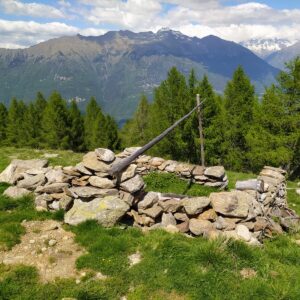
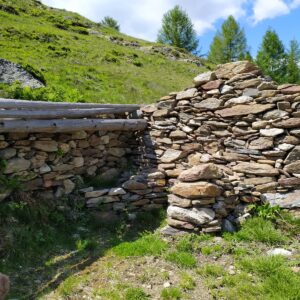

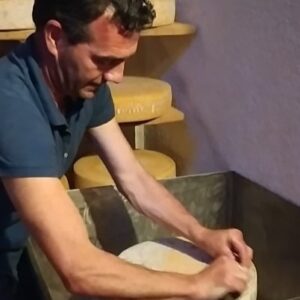
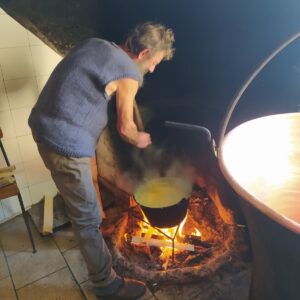
Image 1 & 2: Remains of a Calécc – outside and inside by Giorgio Tanzi
Image 3-5: The Culdéra for heating the milk, Working the cheese and Shepherd cooking polenta by Giorgio Tanzi
Giorgio Tanzi is a hiking guide in the Orobie Valtellinesi park in Italy. He makes his passion for nature and the mountains his job and shares it with groups through heritage interpretation. He can be contacted at: insubria.trekking@gmail.com.
To cite this article: Tanzi, Giorgio (2023) ‘The ‘Calécc’ of the Valli del Bitto‘ in Interpret Europe Newsletter 2-2023, pg. 24-25.
Available online: https://interpret-europe.net/wp-content/uploads/2023/07/Newsletter-2023_2-summer.pdf

